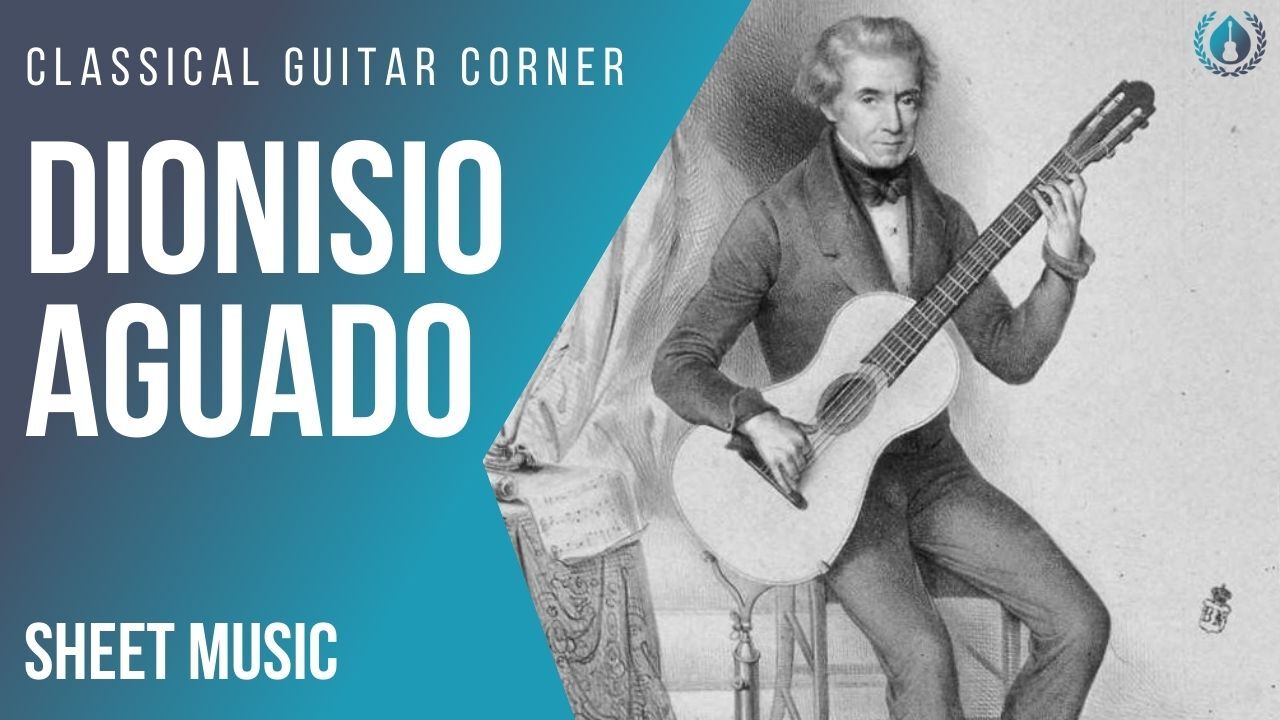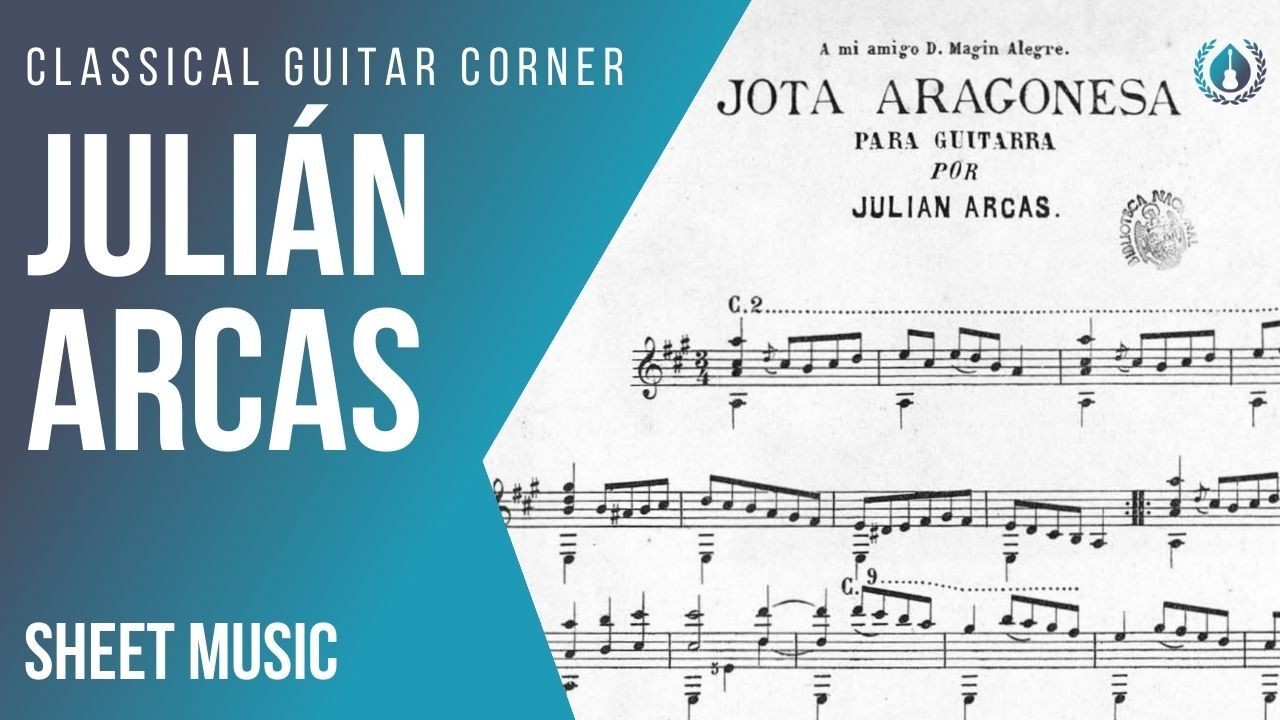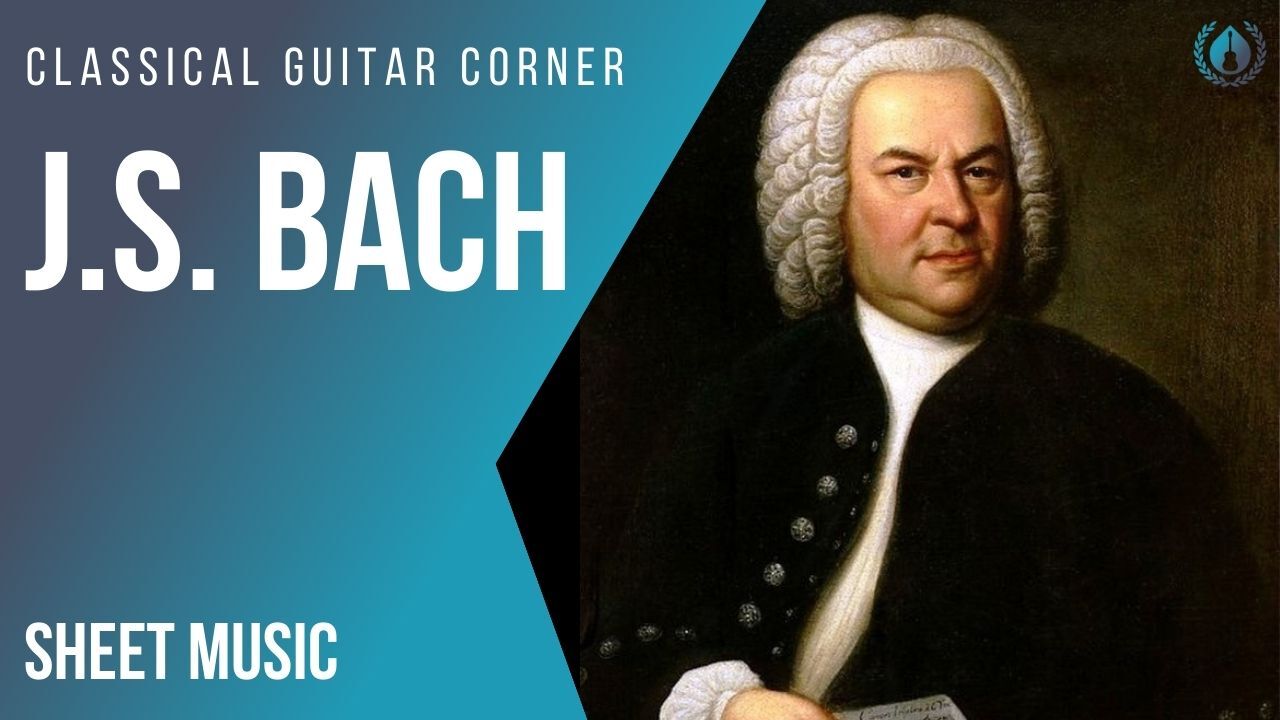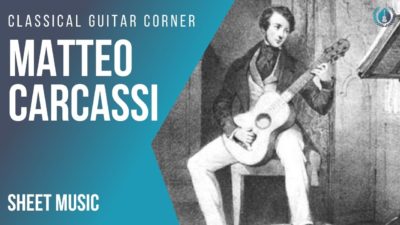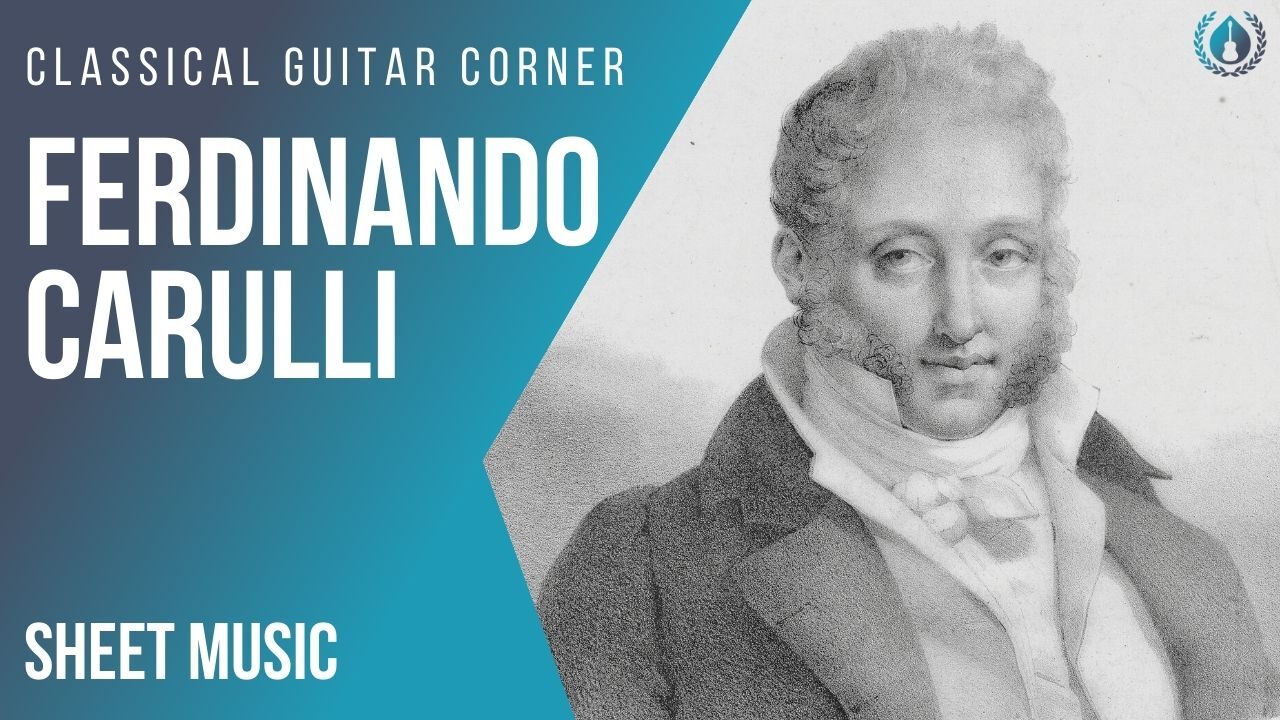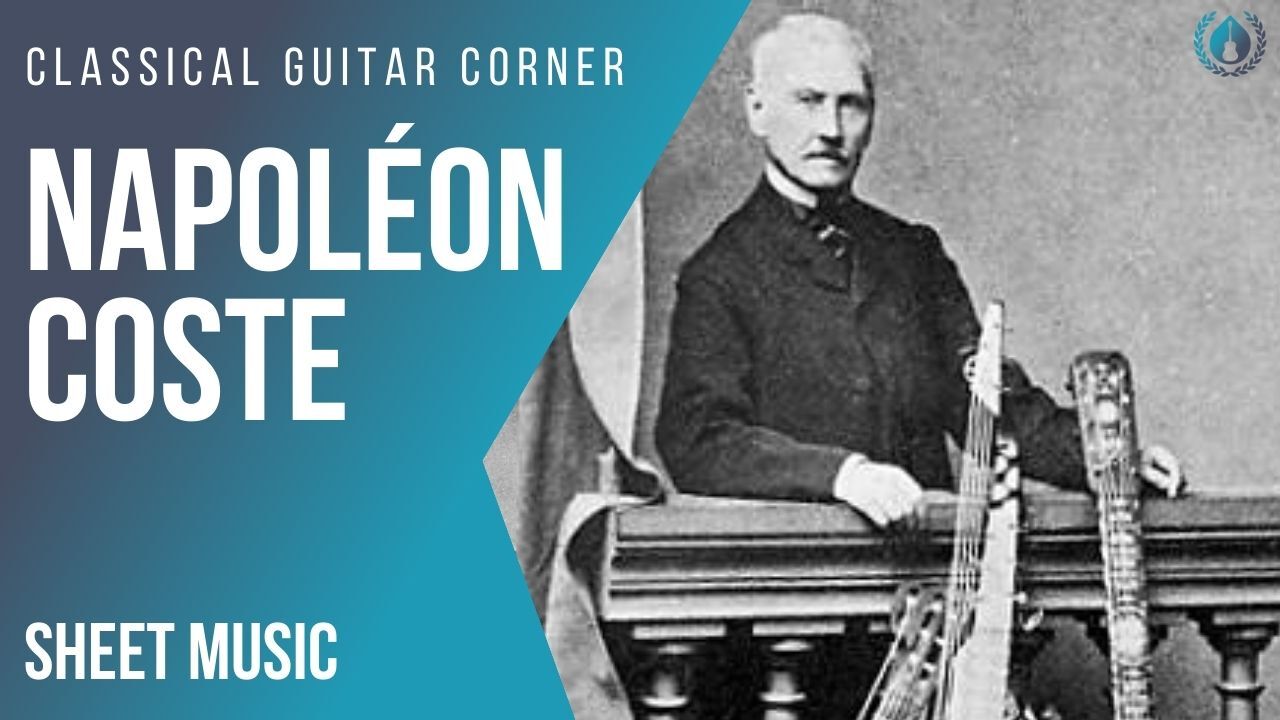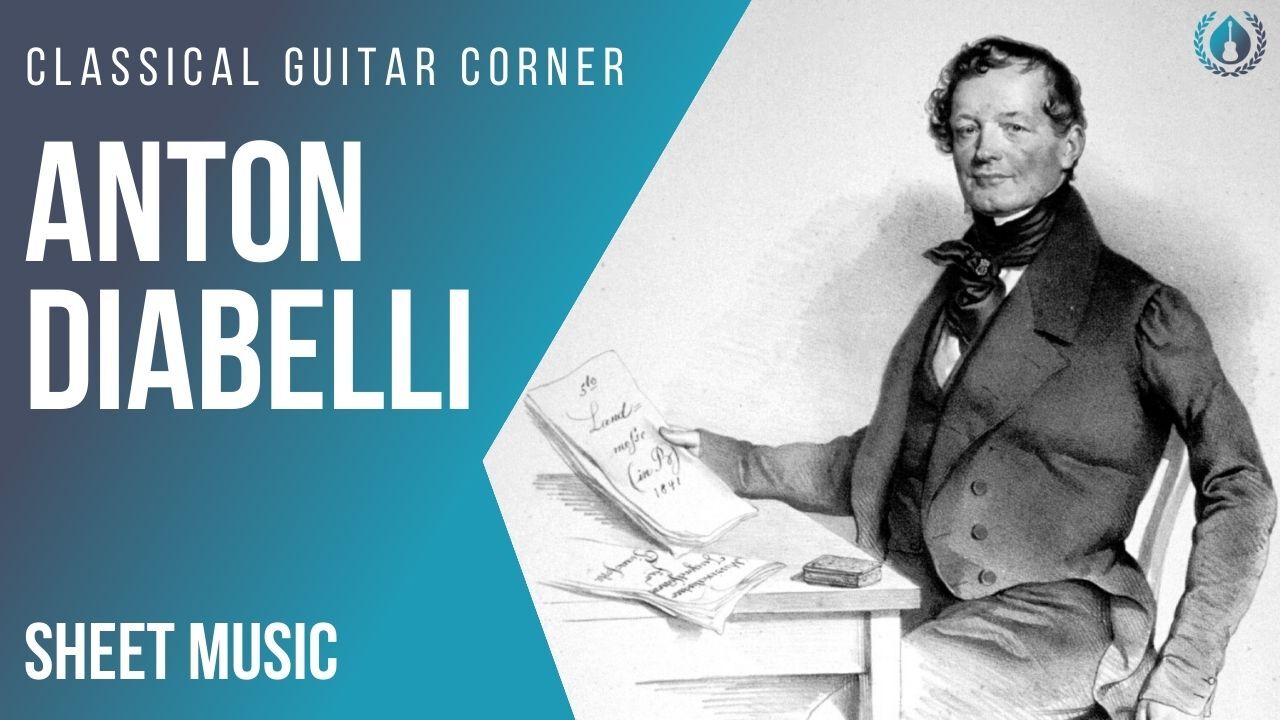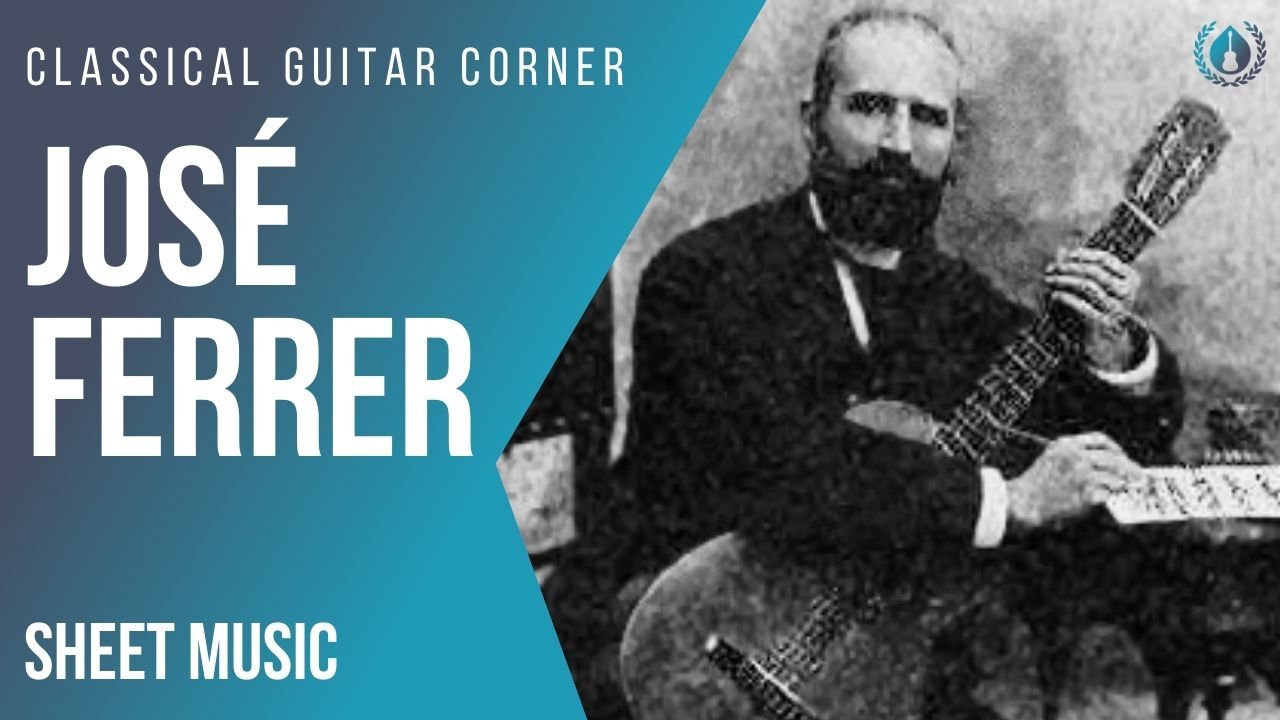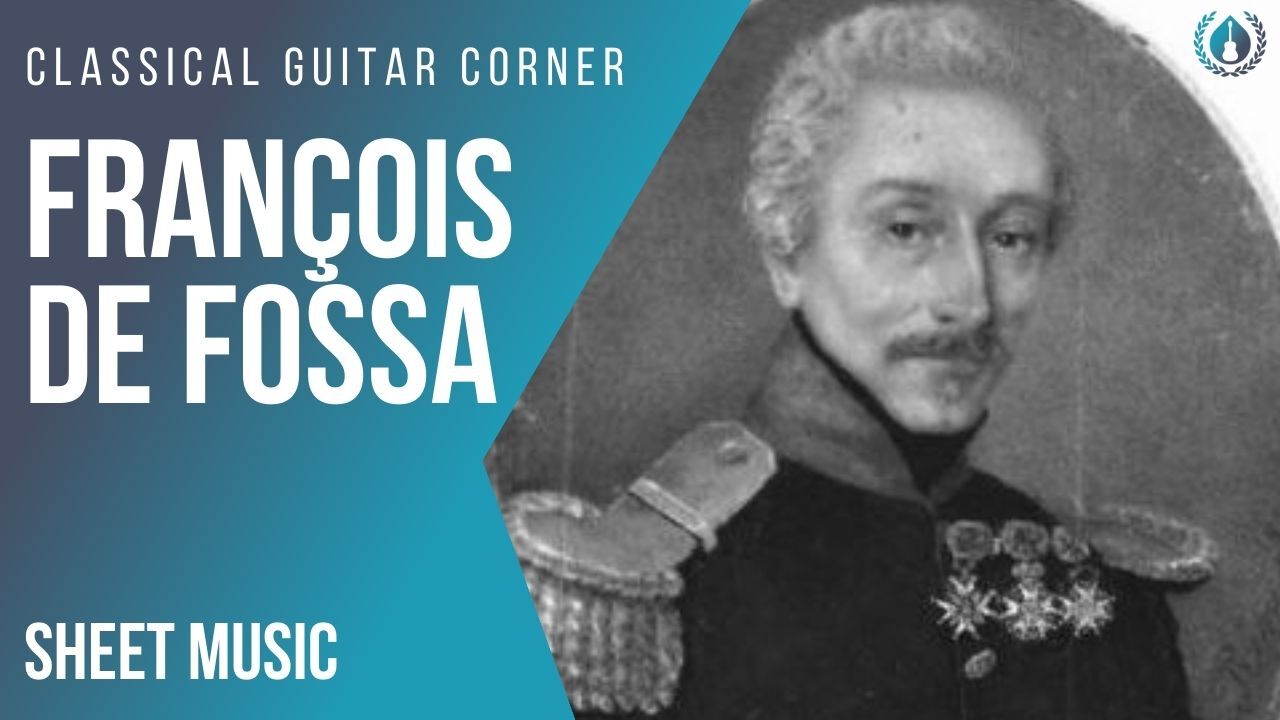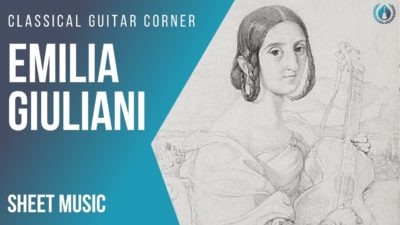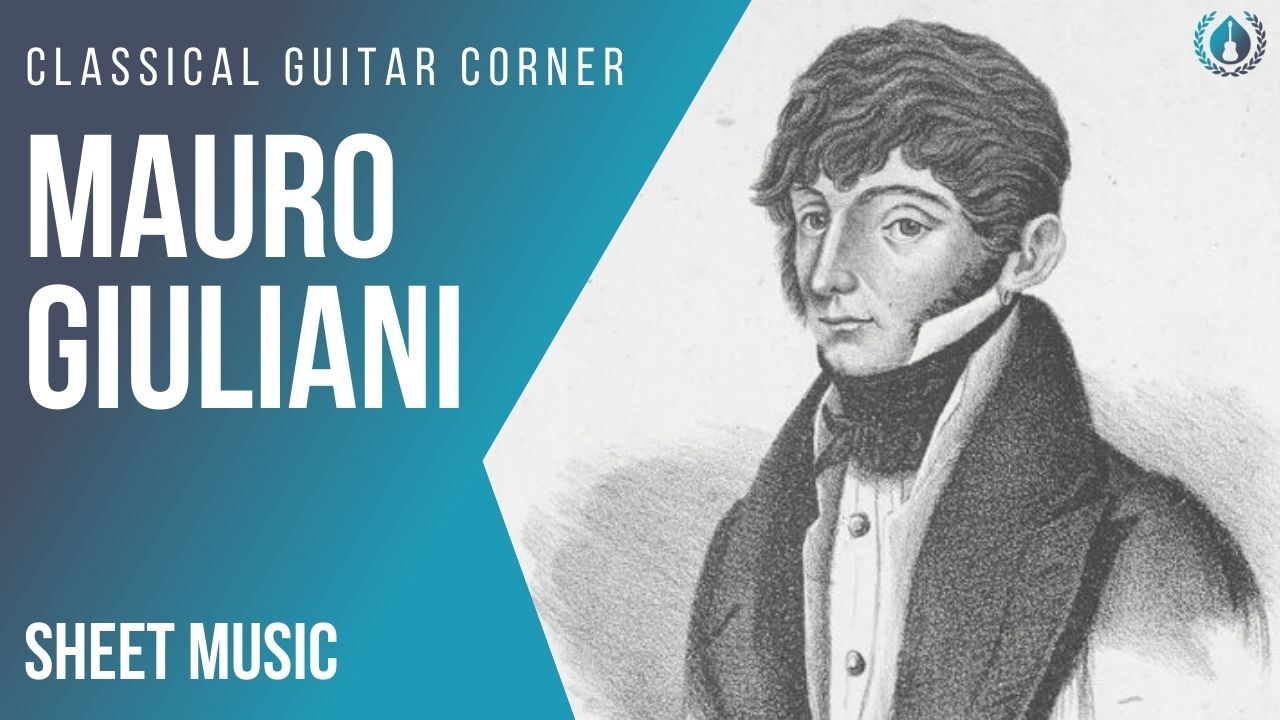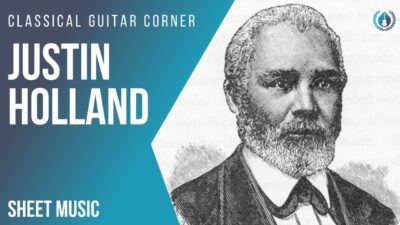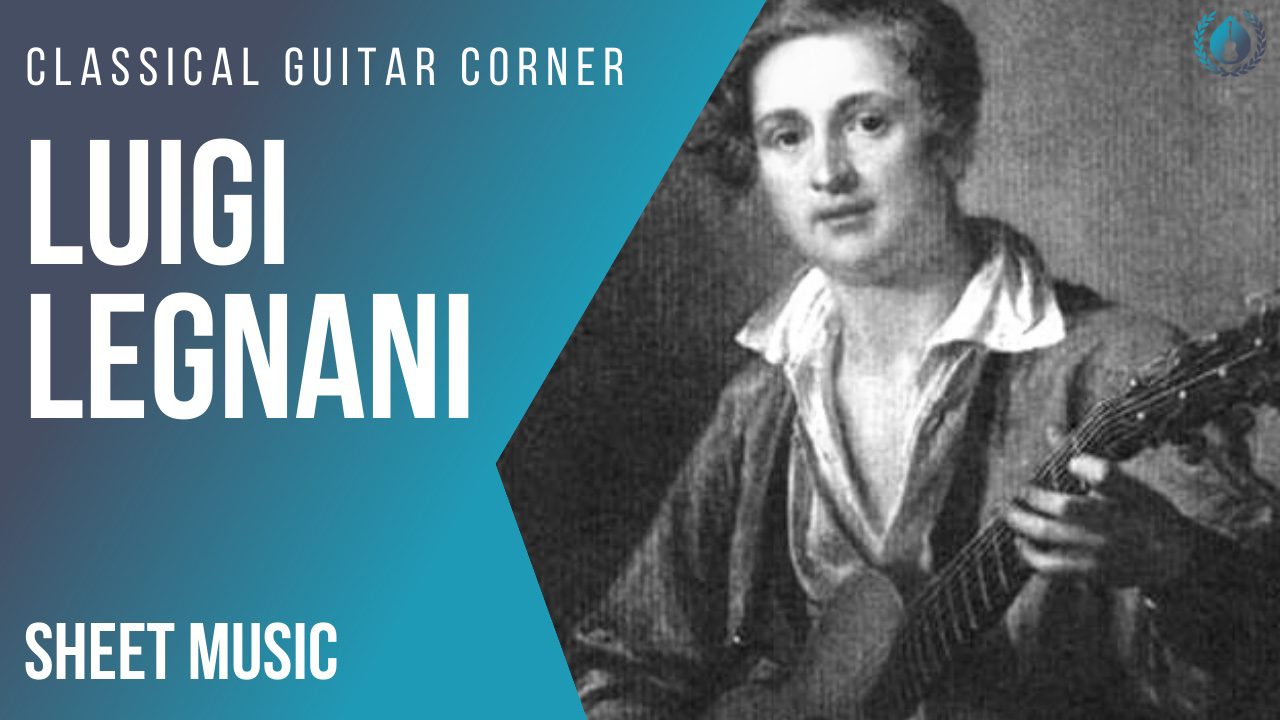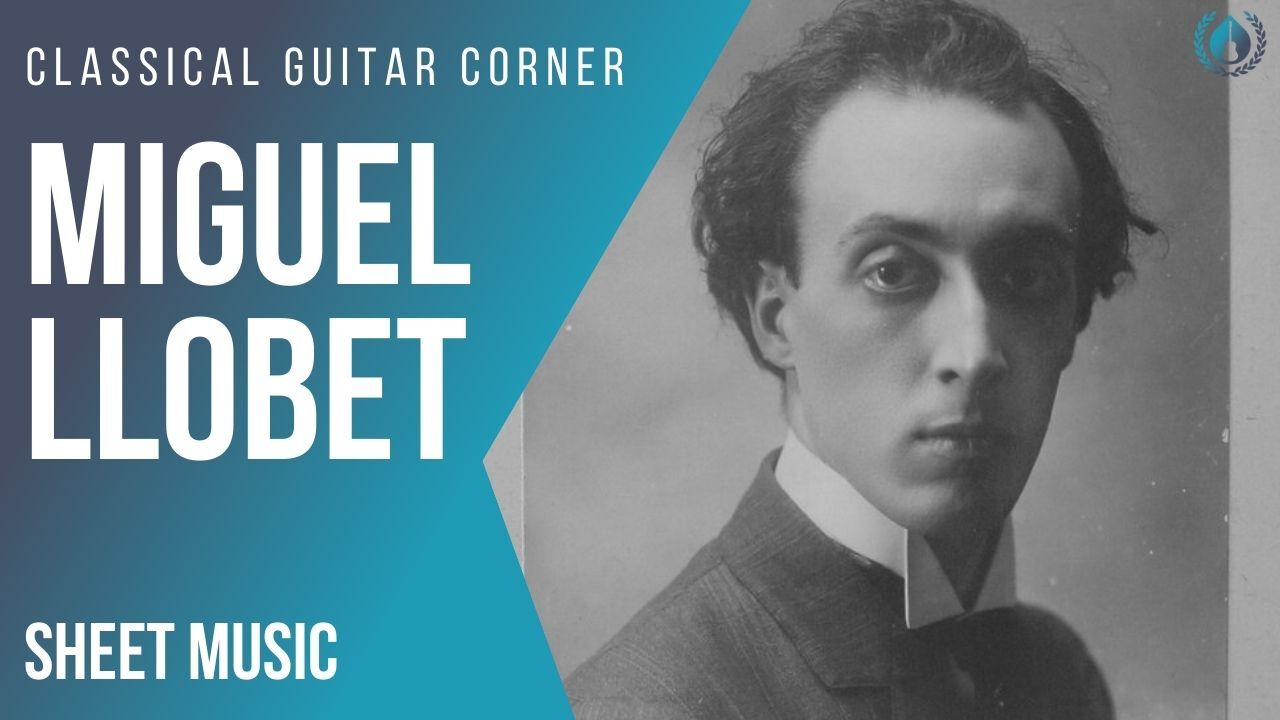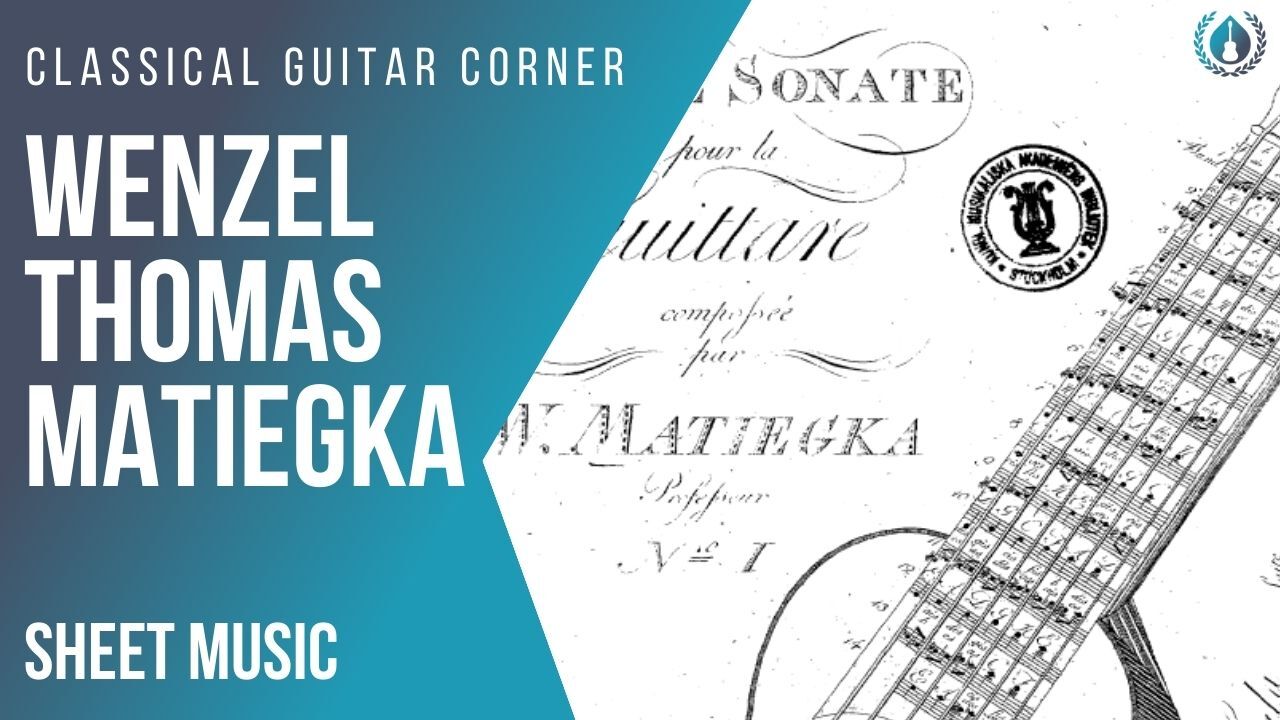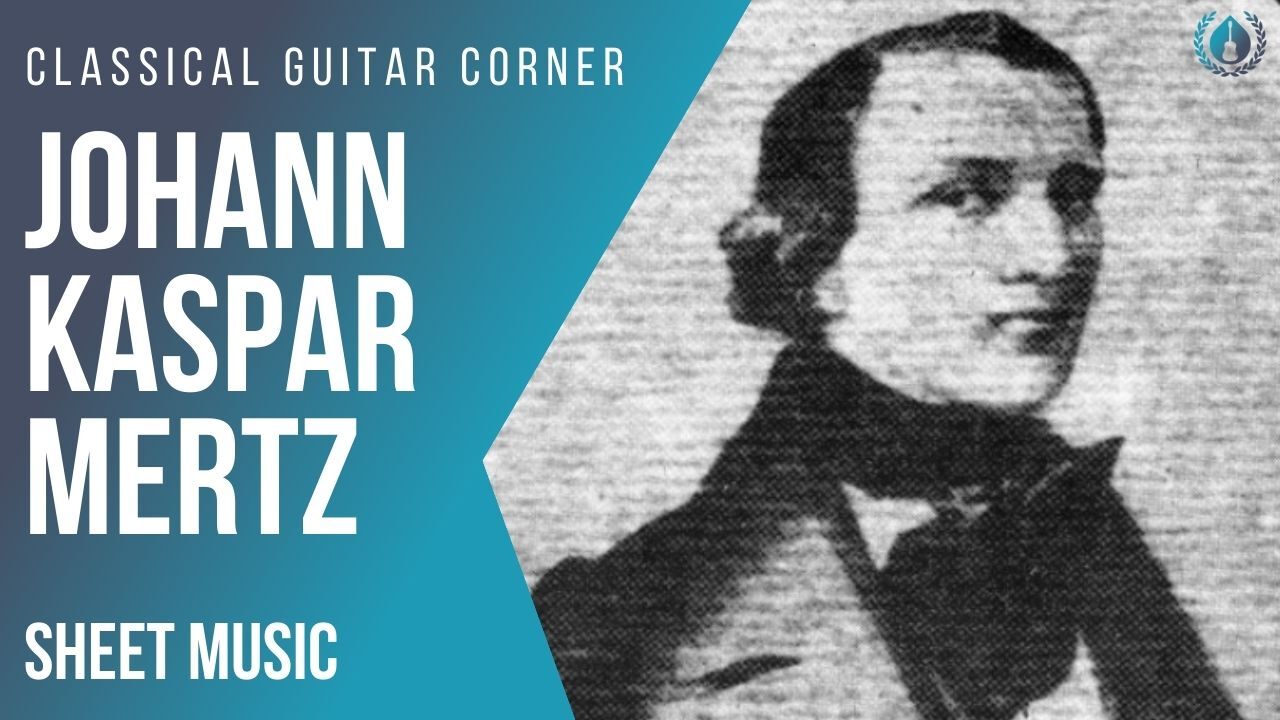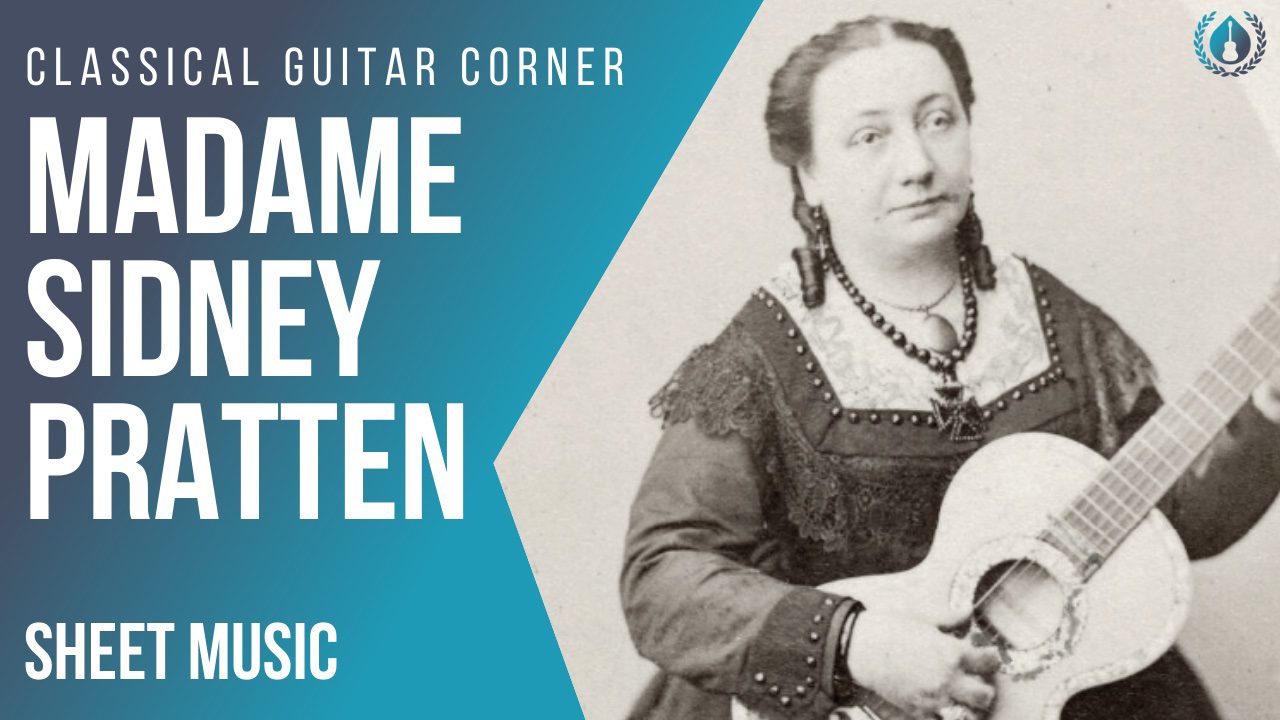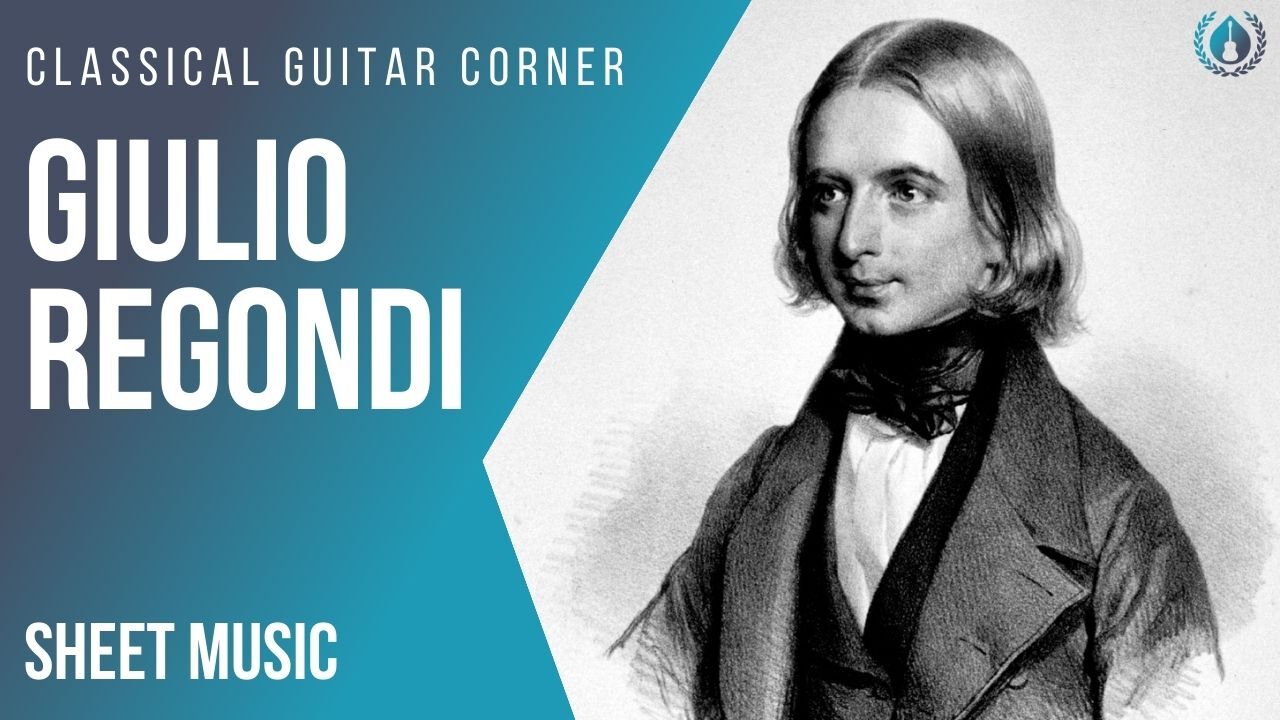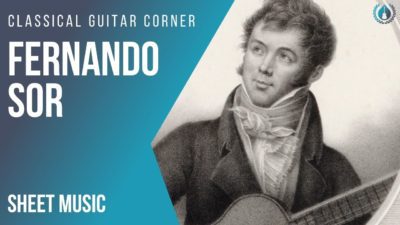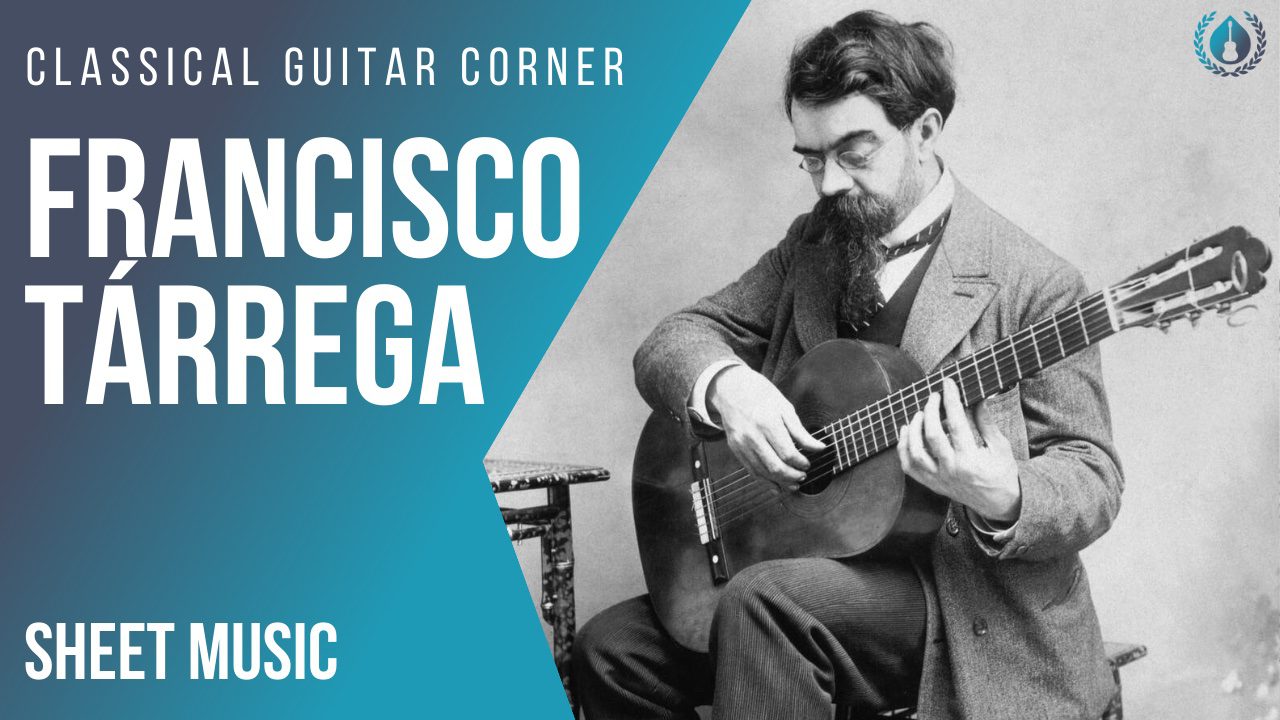Welcome to our collection of classical guitar composer biographies, a treasure trove of stories behind the maestros who have shaped the world of classical guitar. This carefully curated compilation provides an in-depth look at the lives, inspirations, and legacies of the most influential composers in classical guitar history.
Each composer biography is accompanied with a collection of important works and direct download links for original source materials. Not only can you explore some of the most famous classical guitar composers like Tarrega, Sor, and Giuiani but you will also find some hidden gems like Justin Holland, Emilia Giulinani, and Catherina Pratten.
Dionisio Aguado
Dionisio Aguado (1784 – 1849) was a Spanish composer and guitarist. While Aguado was born in Madrid, he spent the majority of his career living and working in Paris. He lived for a time with the great Spanish composer Fernando Sor, and Sor wrote a duet in honor of their friendship (Les Deux Amis).
Julián Arcas
Julián Arcas (1832 – 1882) was a Spanish composer and guitarist. He was one of young Francisco Tárrega’s teachers in Barcelona from 1864 to 1870. Arcas was a virtuoso performer and performed throughout Spain as a solo artist and with pianist Patanas. Arcas wrote more than fifty original solo guitar works and transcribed many others.
J.S. Bach
Johann Sebastian Bach (1778 – 1839) was the most important composer of the late Baroque era and one of the most important musical figures of all time. His compositions, which total more than one thousand, feature multiple voices (polyphony), often working in direct or indirect counterpoint (where those multiple independent voices interact with each other). Bach’s compositions are cornerstones of Western art (or “classical”) music and thus influence nearly every musical style in the West since his time.
Matteo Carcassi
Matteo Carcassi (1796 – 1853) was an Italian composer and guitarist who was born in Florence in 1796 and died in Paris in 1853. It appears that he settled in Paris from a relatively young age and it became his new home. In fact, Carcassi even served France as a soldier in the Napoleonic Wars. His first publications, for the solo guitar, were published in the 1820s.
Ferdinando Carulli
Ferdinando Carulli (1770 – 1841) was an Italian composer and guitarist. Though born in Naples, he settled in Paris, like many of his contemporaries. Unlike many of his contemporaries, however, he did not discover the guitar until he was twenty years old. His first instrument was the cello.
Napoléon Coste
Napoléon Coste (1805 – 1883) was a French composer and guitarist. His first teacher was his mother, who was also an accomplished guitarist. Coste was already himself teaching as a teenager. By age 24 he moved to Paris where he began studying with the great Spanish composer and guitarist Fernando Sor.
Anton Diabelli
Anton Diabelli (1781 – 1858) was an Austrian music editor, publisher, pianist, guitarist, and composer. He learned music at a young age and began to compose for both piano and guitar while living in Salzburg. In 1803 he moved to Vienna where he learned the music publishing business and started a firm with partner Pietro Cappi in 1818.
José Ferrer
José Ferrer Esteve de Fujadas (1835 – 1916) was a Spanish guitarist and composer. Ferrer, who was a contemporary of Francisco Tárrega, studied (along with the great Spanish pianist Felipe Pedrell) with José Brocá, who himself studied briefly with the great Dionisio Aguado. Ferrer wrote more than 50 original compositions for the solo guitar, along with works for two guitars, piano, and voice.
François de Fossa
François de Fossa (1775 – 1849) was a French guitarist and composer. Fossa was not only a friend of Dionisio Aguado but also helped Aguado write his Method and arranged for its publication in France. (Aguado lived with Fernando Sor in Paris from 1826 to 1837, during which time he also met Fossa.) Fossa also had a hand in copying Luigi Boccherini’s guitar quintets and arranging them for publication.
Emilia Giuliani
Emilia Giuliani (1813 – 1850) was an Italian composer and guitarist and the daughter of the celebrated guitarist-composer Mauro Giuliani. Emilia began to play the guitar at a very young age, under the instruction of her father. Unfortunately they were not together long. Emilia played a debut concert with her father in Naples in 1828, only fifteen years old. Mauro died the next year.
Mauro Giuliani
Mauro Giuliani (1781 – 1829) was an Italian composer, guitarist, singer, and cellist. Giuliani was born in Barietta. Giuliani was among the most innovative of guitarists in the nineteenth century and he applied compositional techniques from the biggest composers of his day in Vienna, including Beethoven and Rossini.
Justin Holland
Justin Holland (1819 – 1887) was an American guitarist, composer, and teacher. He was born in 1819 to free black parents in Virginia, where he first showed musical passion and skill. In 1833 he moved to Boston, a musical center at the time. There he heard Mariano Perez perform a concert on the guitar. He was instantly drawn in to the possibilities of the instrument. Holland’s arrangements of songs and popular opera themes would total more than 300.
Luigi Legnani
Luigi Rinaldo Legnani (1790 – 1877) was an Italian Romantic composer, guitarist, and luthier. As a composer, Legnani is most known for his 36 Caprices Op. 20. The caprices were written in all of the major and minor keys and perhaps take inspiration from the great Italian violinist and composer Niccolo Paganini.
Miguel Llobet
Miguel Llobet Solés (1878 – 1938) was a Spanish composer, arranger, and guitarist. A student of the great Francisco Tárrega, Llobet became a virtuoso on the instrument and began performing outside Spain and eventually throughout Europe and the Americas. Llobet is most known for his many arrangements, including popular Catalan folk songs, the piano works of Spanish composers Isaac Albéniz and Enrique Granados, and popular Argentinian folk songs.
Wenzel Thomas Matiegka
Wenzel Thomas Matiegka (1773 – 1830) was a Czech composer, guitarist, teacher, and performer. Matiegka was known to be a great teacher and he wrote many pieces for students. The best examples are Op.20, a set of 24 Progressive Pieces for students, Op.24, a Method for guitar, and Op.31, a set of six “progressive” sonatas.
Johann Kaspar Mertz
Johann Kaspar Mertz (1806 – 1856) was a guitarist and composer from the Austro-Hungarian Empire. Mertz was active in Vienna, nearly a generation after the great Mauro Giuliani was there. He was a virtuoso performer on the instrument and toured as far east as Russia. In 1846 Mertz was diagnosed with neuralgia and nearly died from an overdose of strychnine, which was prescribed to treat his nerve pain.
Madame Sidney Pratten
Madame Sidney Pratten (born Catharina Josepha Pelzer, 1821 – 1895) was a German guitarist and composer. She married Robert Sidney Pratten, an accomplished flautist, and took on his name, as was the custom during the time. She lived in England where she composed many pieces for the guitar, mostly character pieces (or “songs without words”). Among these charming pieces are Sehnsucht and Weary, Sadness, Eventide, and Forgotten.
Giulio Regondi
Giulio Regondi (1822 – 1872) was a Swiss composer and guitarist. Regondi was a well-known performer from a young age. The child prodigy performed in a concert together with the young Emilia Giuliani in London in 1831. And Fernando Sor dedicated his Souvenir d’amitié (Op.46) to Regondi when he was only nine years old.
Fernando Sor
Fernando Sor (1778 – 1839) was a Spanish composer and guitarist. Sor was one of the greatest virtuoso guitarists of his time, but he has left a much more lasting legacy as a composer than performer for the instrument. His most important works include his Method for the Guitar (1830), Variations on a Theme of Mozart (Op.9), and his more than one hundred studies for students at all levels. One of his last most important works is a series of progressive studies for the complete beginner, “Introduction to the Study of the Guitar: 25 Progressive Lessons,” Op.60.
Francisco Tárrega
Francisco Tárrega (1852 – 1909) was perhaps the most important Spanish composer and guitarist of the late nineteenth century. While Tárrega only published 19 compositions during his lifetime, more than 80 original compositions survive. Among the most important are a prelude called “Lágrima” and a serenade called “Capricho Árabe.” In addition, he wrote more than 100 transcriptions and arrangements of other composers’ works, including those of J.S. Bach, Beethoven, Chopin, and other Spanish composers.

